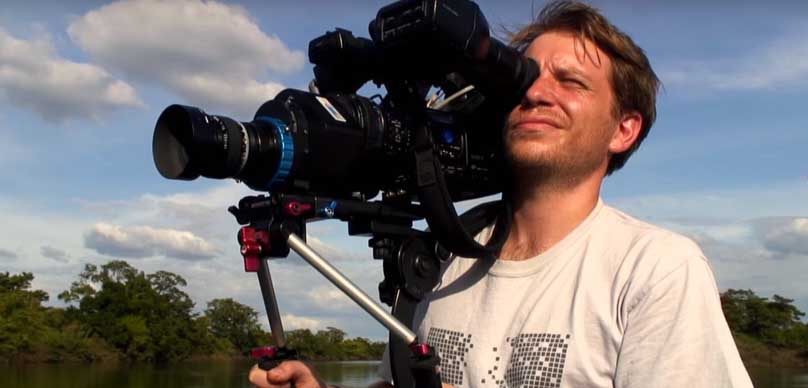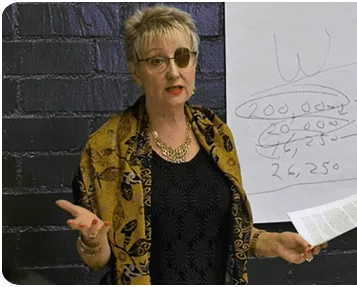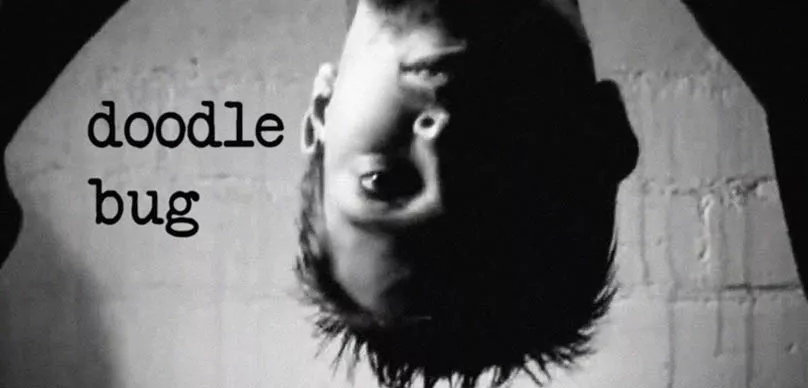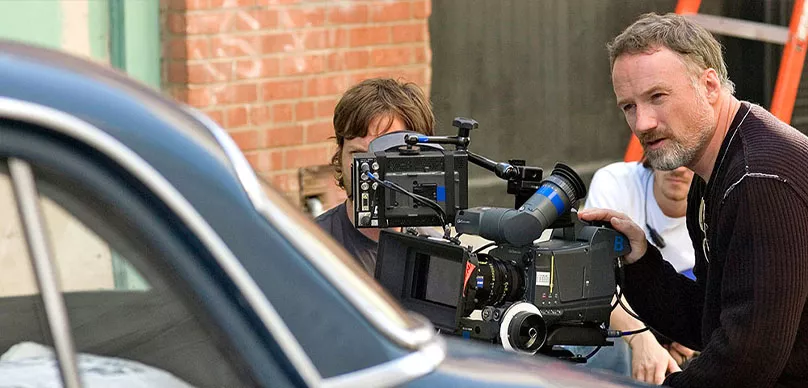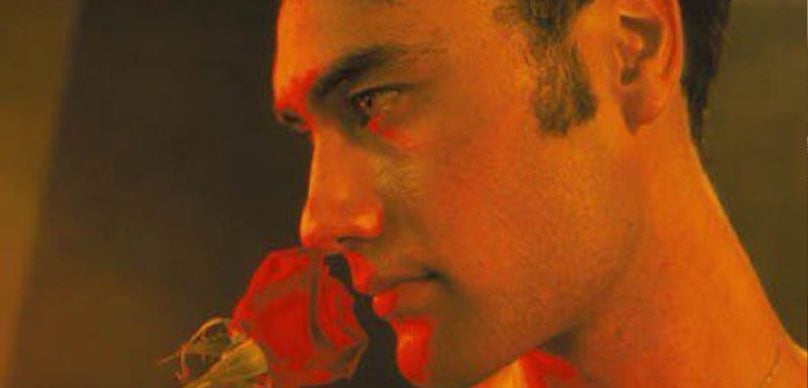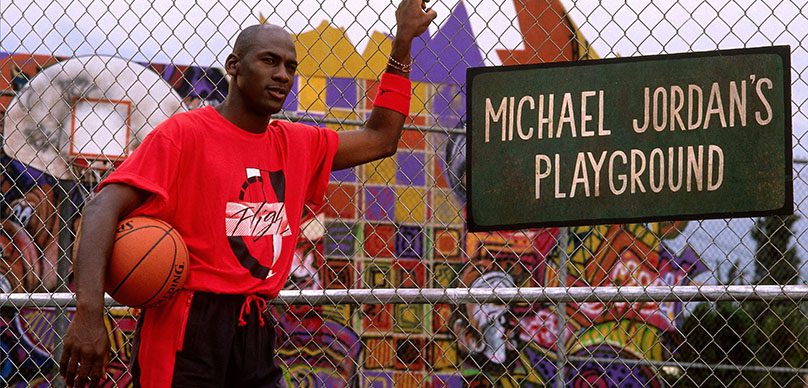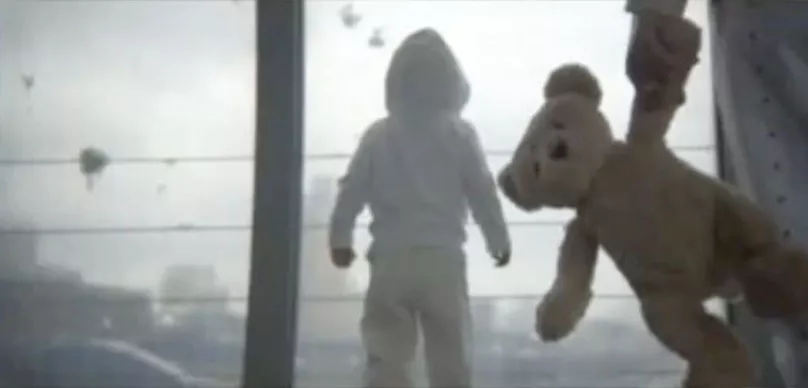Rogue One: A Star Wars Story was a breath of fresh air into the somewhat stale Star Wars franchise, especially after the painfully derivative, completely uninspired, by-the-numbers The Force Awakens. New characters took center stage, including yet another female protagonist, and with some support from some legacy characters including Darth Vader and CGI versions of Grand Moff Tarkin and a young Princess Leia; and it turned out to be for most fans, a very satisfying film.
At the helm of this epic film was a little known director by the name of Gareth Edwards.
So who is this Gareth Edwards we speak of? How did he make the jump into hyperspace and become part of the Star Wars universe as well as reboot one of the most popular monster film franchises of all time (read Godzilla)?
Gareth Edwards 101
Gareth Edwards was a Star Wars fan from the get-go. In fact, in an interview, he shared the story of seeing Star Wars for the first time and wanting to join the Rebel Alliance. Unfortunately, according to him, he learned that the Rebel Alliance was a “lie” but become hooked on filmmaking and decided it was going to be his career path.
The directors he considered to be his major influences were George Lucas, Steven Spielberg, and Quentin Tarantino. He received his Bachelor of Arts degree from the University for the Creative Arts in Farnham in 1986, and would later receive an honorary Master’s degree from the same university.
From there, he moved into visual effects and his work showed up in various programs that eventually showed up on the Discovery Channel and BBC. During that time, he made the leap doing visual effects; he admits that the first directing gig was for a TV episode on a TV series that hardly anyone watched and had a budget under $90,000.
In 2008, he took part in the 48 Hour Film Festival, and as luck would have it, they gave his group the Science Fiction Genre. It was game on. Forty-eight hours later, he and his crew delivered a complete short film that took top honors at the festival.
The film depicts a sentry hunting down a man of interest while remembering a small child-headed through the corridors of what seems to be a hospital, but is revealed in the final moments as something completely different. From viewing the film (below), one can see his cinema style influenced by his unofficial mentors.
About Monsters
The idea for Monsters was born during a trip to the beach. According to Edwards:
“I remember being abroad on the beach and watching these guys really struggling to pull a fishing net from the ocean. I couldn’t understand what they were saying, but you could tell they were teasing each other about it and I thought it would be funny if, when they finally pulled it out, it had a giant sea creature on the end or something… Yet they were carrying on as if this was part of their everyday life.” (Empire Magazine, Issue #257, November 2010).
He ran with the idea, and over time, it morphed into a romantic Science Fiction drama feature film centering around a cynical photojournalist responsible for the safe passage of his boss’s daughter through the “infected area” of South America, overrun with massive octopus-like creatures from another planet.
His pitch received the immediate green light from Vertigo Films and his budget was $500,000. What Edwards did with that 500 grand was nothing short of remarkable. What was even more remarkable is that he would deliver the film under budget!
Finding the right combination of actors to play the photojournalist and the daughter would be essential in conveying the emotional gravity of the film.
As luck would have it, he found the actors who were an actual couple. The photojournalist would be played by Scoot McNairy, and the boss’s daughter would be played by Whitney Able. At first, Edwards wasn’t sold on Able; he thought she was too pretty, but then after some discussions, he realized that if he could deliver even a fraction of their real-life chemistry that it would be an incredible plus for the film.
Scriptment vs Treatment
Edwards eschewed the normal filmmaking conventions of writing a screenplay and settled on just a scriptment consisting of points the actors need to cover within the scene. While this approach would result in a much more organic, realistic performance from the actors, it also proved to be problematic when it came to reshoots, as the actors had no point of reference.
Guerrilla Shooting During Guerrilla Warfare
Principal Photography lasted three weeks and was shot on location in Mexico, Guatemala, Costa Rica, and Texas, most of the time during a drug war raging all around them.
The production was the epitome of guerrilla filmmaking, with Edwards serving as both Director and Director of Photography, which the rest of the crew consisting of the Sound Operator, The Mexican Fixer, who was responsible for ensuring safe passage as well as other logistical issues, The Line Producer, and the two lead actors.
While the crew was running and gunning their way through the jungles and villages of South America, the Editor and his assistant were busy at the hotel, downloading the footage from memory sticks to the computer so that they could shoot the next day.
The supporting cast were all played by locals with little or no acting experience.
This shoot was by no means smooth; it fraught with peril as they encountered all sorts of crime, including shootings, a street market attack, a prison riot, and a mass shooting at the cafe the day prior to their filming at the location.
Gareth and company shot a total of 100 hours of footage. Editing and sculpting the story would be a massive undertaking. Turning 100 hours into 90 minutes would be a daunting task for Edwards, but once the film was locked, the next five months would consist of creating over 250 visual effects shots.
Sitting Up and Taking Notice
Vertigo Pictures’ $500,000 investment paid off handsomely. It premiered at South by Southwest in 2010. The critics were split on the film, but it didn’t matter as the film went on to gross $4.2 million at the box office. The movie garnered six British Independent Film Award nominations and won for Best Director, Best Technical Achievement, and Best Achievement in Production.
Monstrous Review
Monsters, is at its core, a Science Fiction relationship drama. The lead characters, played admirably by Scoot McNairy and Whitney Able, take us on quite an emotional journey as they meet have to travel to through the “infected area” in order to return home to the United States.
During their journey, they grow closer together as they realize the lives they’re going home to isn’t all that.
There’s no doubt that Spielberg’s JAWS and his Tom Cruise centric remake of The War of the Worlds provided a cinematic blueprint for the characters’ path forward.
Edwards uses money shots sparingly, creating tension by the use of ominous creature sound effects, gives us terrifying glimpses of the creature during the prologue, mid-way through the movie, throws in a tentacle or two for good measure, and then saves the best for the last at the climactic scene at an abandoned gas station.
The ending, while unexpected, seemed to be anticlimactic and climactic at the same time.
The film shares many of the themes of District 9, in terms of being quarantined, and the references to illegal immigration. Edwards portrays the military as a malevolent force when in all actuality the creatures just might be misunderstood, and wouldn’t you know that near the end of the film, five years before Donald Trump would take place, there would be a discussion of a wall along the southern border to keep the bad things out.
While the film was beautifully shot by Edwards, with some arresting visuals and with some undeniably winning performances by its leads, Act Two seemed to be more of a travelogue than a race to the border, which diminished the dramatic tension of the piece. Let’s just say that if I was in an area that was overrun by creatures that could kill me, the last thing that I would do is stop to take a nap.
The monsters themselves are extremely reminiscent of Steven Spielberg’s remake of The War of the Worlds. There are a lot of questions surrounding Earth’s new visitors, such as where they came from, what was their agenda, and what was their endgame. Ultimately, the tentacled creatures turn out to be a bunch of slimy Greta Garbo, who just want to be left alone.
Monsters doesn’t pretend to be a Hollywood Blockbuster. Despite its small shortcomings, the protagonists in this film are believable and relatable, with its unexpected final seconds of the film giving Mankind hope for the future.
Gareth Edwards, The Big Green Lizard, and Darth Vader
While it wasn’t a billion-dollar blockbuster in the mold of a Star Wars or a Marvel movie, Monsters substantial calling card for Edwards during a time that studios were hungry for up-and-coming directors to direct the latest opus of their franchise.
Enter Godzilla. Legendary Pictures had purchased the rights to the legacy characters of the popular franchise and it was full speed ahead with Godzilla with Edwards helming the first film.
Based on the success of that film, he was immediately signed to do the sequel but eventually bowed out (an amicable split according to the trades) when another small gig came along, from a small mom-and-pop shop called Lucasfilm to do a little trifle Rogue One: a Star Wars Story, which ended up grossing over a billion dollars at the box office.
Gareth Edwards’ Indie Film Hustle
There are several takeaways from Edwards’ journey.
First, filmmakers need to start off small and shoot small films (which Edwards did during his film school experience). Next, he worked within the constraints of what he had at his disposal, which he learned throughout his 48 Film Festival experience. Once he proved his mettle, then he would gain the credibility for someone to invest half a million in his talent.
Additionally, he knew he had a good story and wasn’t afraid to take the road less traveled in creating a scriptment instead of toiling for years, crossing the t’s and dotting the I’s in a traditional screenplay.
He also learned that the luxury of having a large crew can be an actual impediment to the creative process and that you can create an epic story with a small cast and crew
When you look at Edwards’ trajectory, there seems to be a real sense of urgency; he went from shooting a 48-hour film project to creating his feature film in the span of two years. While it may not be documented, one can also surmise that his willingness to shoot one hundred hours of footage and then go through the painstaking process of editing it down to 90 minutes meant that his focus and vision changed along the way and that his flexibility was his pathway to Monsters’ success, and ultimately realizing his dream of being part of the Star Wars universe.

